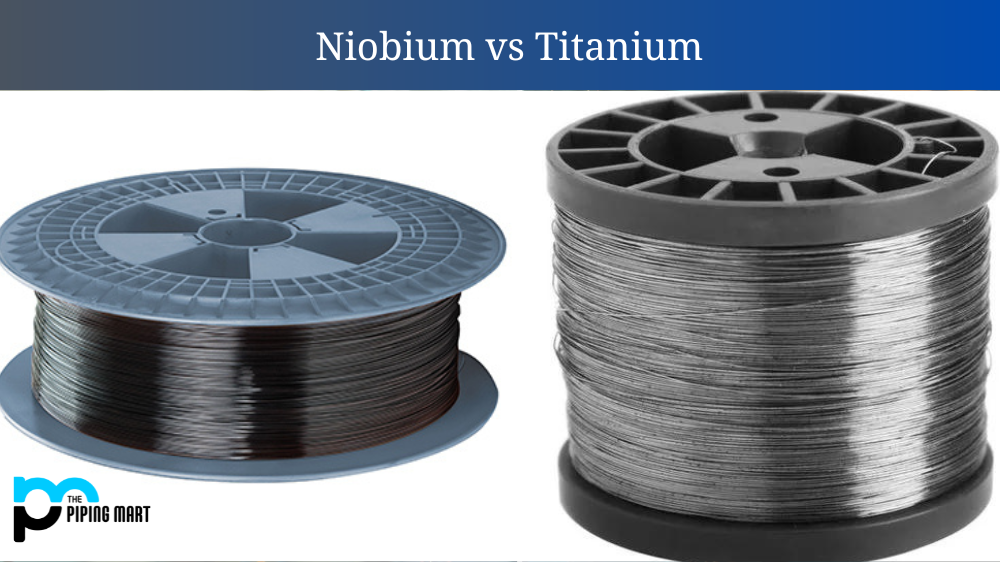Regarding metalworking, niobium and Titanium are two of the most popular metals. Both of these metals have unique properties and are valued for their strength, durability, and malleability. However, they also have different applications for jewelry making or other metalworking projects. Let’s take a closer look at how niobium and titanium compare.
Composition
The first major difference between niobium and titanium is their composition. Niobium is a chemical element with the symbol Nb and atomic number 41. It is a soft, grey, ductile transition metal. Titanium, on the other hand, is a chemical element with the symbol Ti and atomic number 22. It is a lustrous transition metal with a silver color, low density, and high strength.
Properties
Due to their different compositions, niobium and titanium have different properties. Niobium is resistant to corrosion and has a high melting point. It is also used in alloys to increase strength and hardness. Titanium, on the other hand, is lightweight, strong, and corrosion-resistant. It is also biocompatible, meaning it can be used in medical implants.
Uses
Niobium and titanium also have different uses due to their different properties. Niobium is primarily used in alloys, as well as in the production of superconductors and welding electrodes. Titanium is used in aircrafts, automobiles, jewelry, and medical implants due to its strength and light weight.
Availability
Niobium is more abundant than titanium in the Earth’s crust but titanium is more widely available due to its use in many industries such as construction and aerospace.
Strength and Malleability
Both niobium and Titanium are known for their strength and malleability. Niobium is more malleable than Titanium, which makes it easier to work with when forming shapes or creating intricate designs. On the other hand, Titanium is stronger than niobium, which makes it better suited for projects that require more sturdy construction, like rings or bracelets.
Color Options
Niobium is available in a variety of colors due to its anodization process. Anodizing is a chemical process that creates a protective oxide coating on the surface of metals like niobium. This coating can create shades such as blues, greens, purples, reds, browns, etc., giving your project a unique aesthetic appeal. On the other hand, Titanium has a natural silver-gray color that cannot be changed through anodization processes but can still make for stunning pieces of jewelry or artwork.
Cost Considerations
When comparing the cost of niobium vs. Titanium for your project, you should consider the material costs and any additional costs associated with working with each type of metal (such as special tools). Generally speaking, niobium is less expensive than Titanium because it is easier to work with and does not require specialized tools or techniques for fabrication. Furthermore, because it’s available in many colors, you don’t need to pay extra for dyeing or painting services like you would with Titanium (which only comes in natural gray).
Conclusion:
Niobium and Titanium have advantages in metalworking projects like jewelry making or artistry work. Niobium offers more color options through its anodization process. At the same time, Titanium provides greater strength due to its harder nature without any additional cost incurred by dyeing or painting services required by some metals like gold or silver alloys. Ultimately the best choice between niobium vs. Titanium will come down to what kind of project you’re working on and what qualities you want your finished product to have. With careful consideration, you can choose the right option that meets your aesthetic desires and budget constraints!

A passionate metal industry expert and blogger. With over 5 years of experience in the field, Palak brings a wealth of knowledge and insight to her writing. Whether discussing the latest trends in the metal industry or sharing tips, she is dedicated to helping others succeed in the metal industry.




